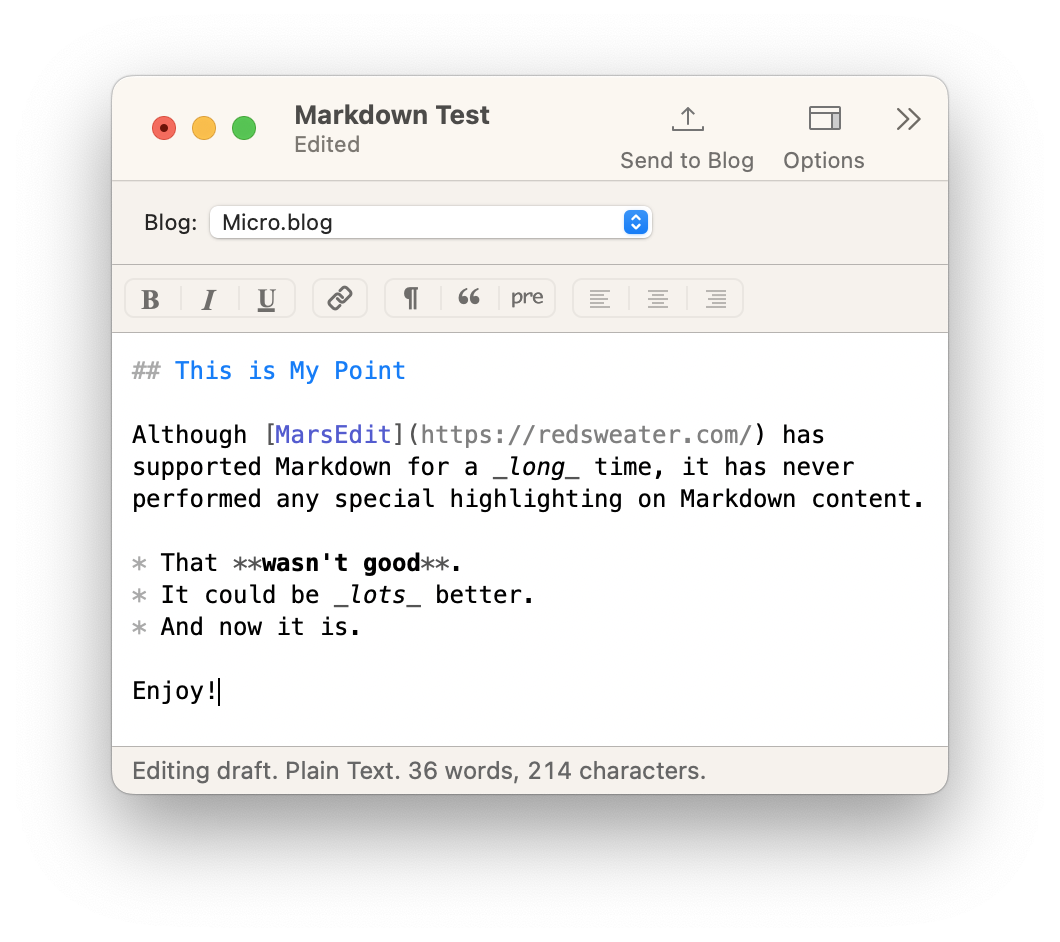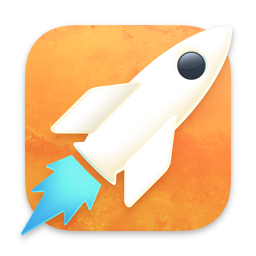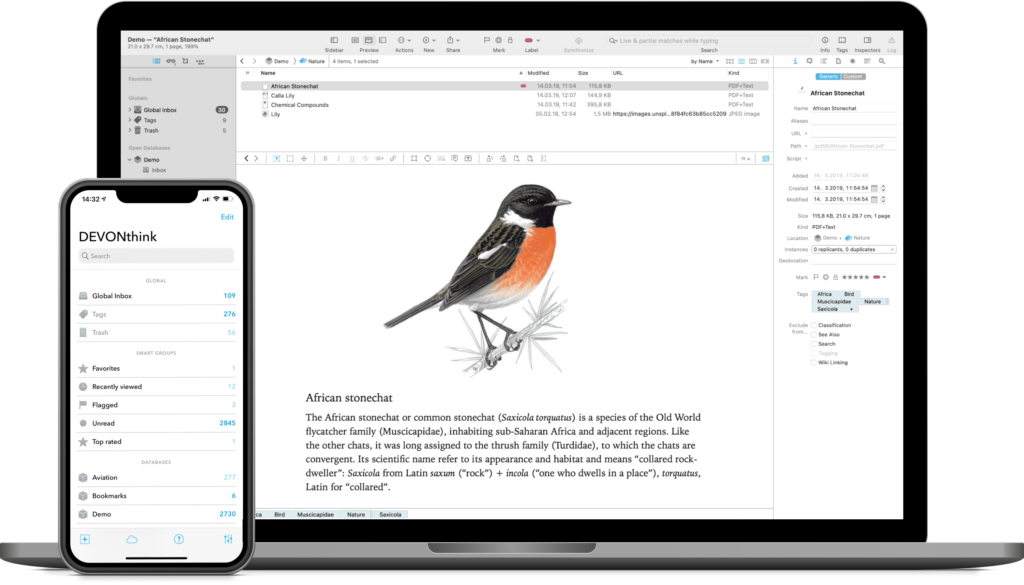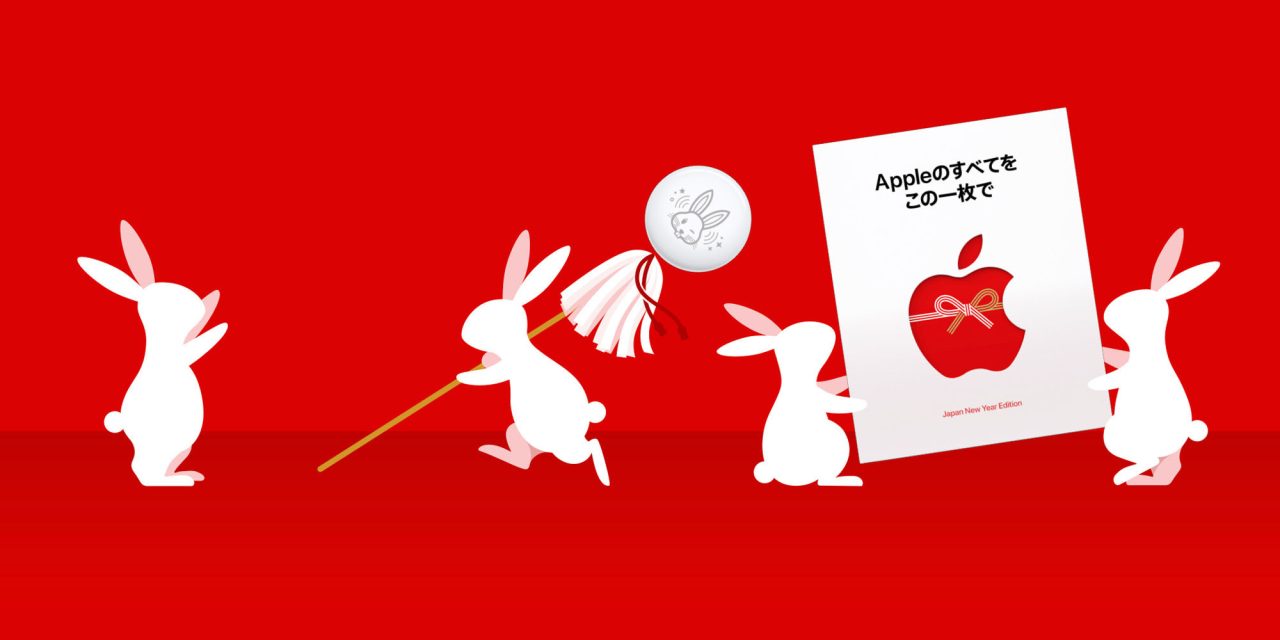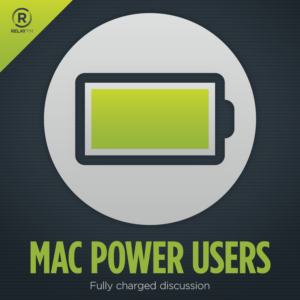
At the Sparks house, we don’t spend New Year’s Eve watching C-list celebrities dropping balls. Instead, we blow up the Death Star together. Specifically, we watch Star Wars, Episode IV, in such a way that the Death Star blows up precisely a the stroke of midnight. It’s not really that hard. This year I’ll be watching the Disney+ version, which means I’ll hit “Play” at 10:02:43 PM. Just go to this post by the Rebel Force Radio and note the designated start time for your version of Star Wars. Then start the movie at that time.
For my money, it really beats all the other inane New Year’s coverage. I really use the term “watch” here loosely. The movie plays while our family and friends talk and socialize. When the trench run starts toward the end is when we all really start paying attention, and it is always exhilarating watching Luke scream down that trench and knowing that when the Death Star blows, we’ve got a New Year. An added benefit is the very next scene is the award ceremony with majestic music that feels like the perfect start to a New Year. Give it a try this year.

